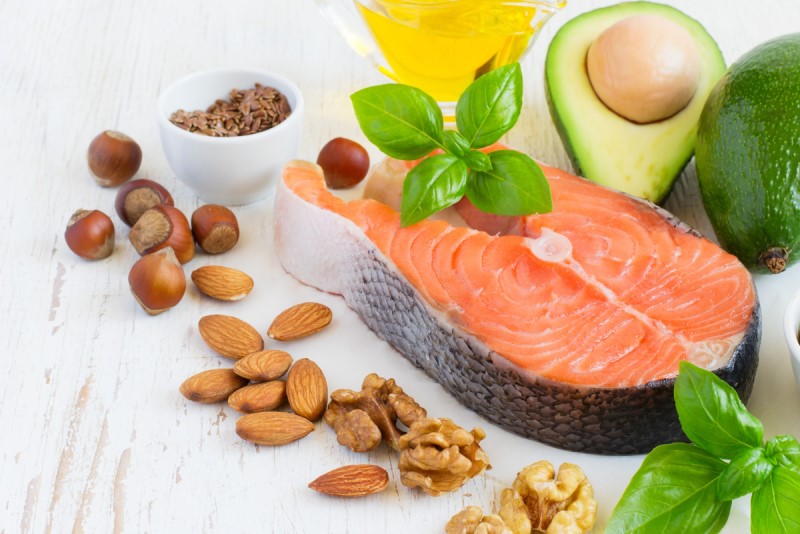In 1992, the USDA sought to convey to Americans what it meant to maintain a healthy diet using a colorful and easy to understand graphic – the food pyramid. The food pyramid was utilized by schools, government programs (such as the Federal Supplemental Nutrition Assistance Program), and various major media outlets to convey the elements of a healthy diet.
As the obesity rates in the US continued to climb, in 2011, the food pyramid was replaced with the MyPlate diagram. MyPlate illustrates recommended portions directly on a representative plate and aims to educate Americans on the food intake and portioning that constitutes a healthy diet.
The challenge with both of these tools has been that while many qualified experts were consulted on their development, so to were corporate lobbyists and industry groups who are major contributors to government parties.
What is truly needed are recommended nutritional guidelines that are not influenced by corporate lobbyists or governmental agencies.
Read the full article on: www.forbes.com




